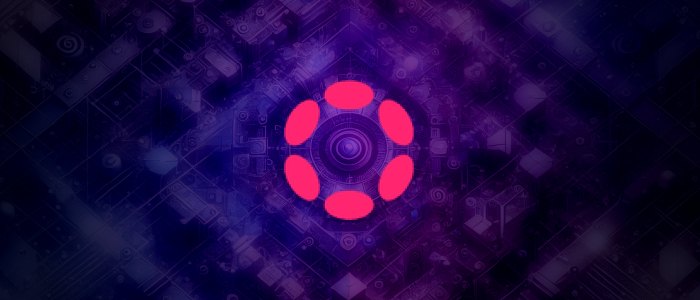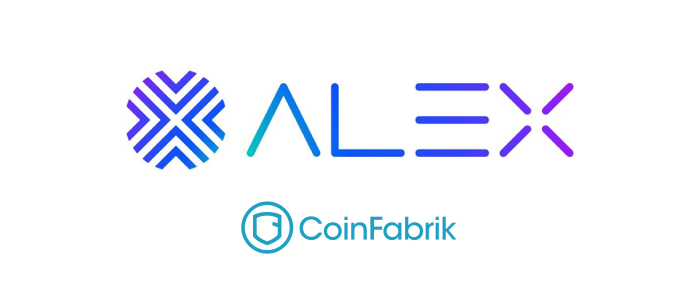We’ll take a journey into the realm of Polkadot, a platform that’s revolutionizing the way we think about scalability and interoperability in blockchain technology. We’re diving into the details, exploring how Polkadot compares to traditional blockchains like Bitcoin and Ethereum, as well as other emerging players like Cosmos and Cardano. Get ready to discover why Polkadot matters and how it’s shaping the future of decentralized applications and digital ecosystems.
Understanding Polkadot
Polkadot, a multi-chain application platform, stands out in the blockchain space due to its innovative approach to scalability and interoperability. Founded by Dr. Gavin Wood, co-founder of Ethereum, with the goal of addressing the limitations of existing blockchains.
Polkadot’s architecture is built on the Substrate framework, allowing for easy customization and flexibility in building blockchain projects.
What is Polkadot built on?
Polkadot is built on a unique multi-chain architecture designed to enable interoperability between different blockchains. At its core, Polkadot utilizes a relay chain that serves as the main network responsible for coordinating communication between connected blockchains, known as parachains.
Parachains are customized blockchains that run in parallel to the relay chain, each with its own purpose and features. This architecture allows for scalability, security, and flexibility, making Polkadot a promising platform for building decentralized applications (dApps) and services.
Is Polkadot considered a Layer 1 blockchain?
Yes, Polkadot is considered a layer 1 blockchain protocol. Layer 1 refers to the underlying blockchain technology itself, where transactions are processed and recorded directly on the main network.
Polkadot’s relay chain serves as this foundational layer, facilitating consensus and interoperability between connected parachains. Layer 1 protocols like Polkadot play a fundamental role in the blockchain ecosystem, providing the infrastructure upon which higher-level applications and protocols can be built.
What programming language is used in Polkadot?
Polkadot primarily uses the Rust programming language for its development. Rust is chosen for its performance, safety, and concurrency features, making it well-suited for building secure and efficient blockchain infrastructure. Rust’s strong memory safety guarantees help mitigate common vulnerabilities often found in blockchain systems, enhancing the robustness and reliability of the Polkadot network.
Additionally, Rust’s support for asynchronous programming enables Polkadot to handle parallel tasks efficiently, contributing to its scalability and responsiveness.
Does Polkadot use Bridges?
Yes, Polkadot employs bridges to facilitate interoperability with other blockchain networks. Bridges are specialized components that enable communication and asset transfer between Polkadot and external blockchains, such as Ethereum or Bitcoin. These bridges serve as gateways, allowing tokens and data to be securely transferred between different blockchain ecosystems.
By integrating bridges, Polkadot expands its connectivity and utility, enabling users to access a broader range of assets and services while maintaining compatibility with existing blockchain infrastructure.
Hateful comparisons: Polkadot vs other blockchains
A far too common issue: Scalability Challenges in Traditional Blockchains
Traditional blockchains like Bitcoin and Ethereum often struggle with scalability due to their linear structure, where all transactions are processed sequentially. This leads to congestion during times of high network activity, resulting in slower transaction times and higher fees.
As blockchain adoption continues to grow, scalability becomes a critical issue that must be addressed for widespread adoption and real-world applications.
Polkadot sharding vs. Traditional Blockchains’s linear structure
Polkadot’s approach to scalability differs significantly from traditional blockchains like Bitcoin and Ethereum. While Bitcoin and Ethereum rely on a single chain to process transactions, Polkadot employs a unique sharding mechanism.
Sharding allows Polkadot to split its network into multiple parallel chains, or shards, each capable of processing transactions independently. This parallel processing significantly increases throughput and scalability compared to traditional blockchains.
Polkadot vs. Cosmos and Chainlink
Projects like Cosmos and Chainlink also focus on interoperability and scalability but utilize different approaches. Cosmos aims to create an “Internet of Blockchains” by connecting independent blockchains through its Inter-Blockchain Communication (IBC) protocol.
Chainlink, on the other hand, focuses on providing decentralized oracle solutions to connect blockchains with real-world data. While both projects have their strengths, Polkadot’s relay chain design and shared security model offer greater flexibility and security for interoperability.
Polkadot vs. Ethereum and Cardano
Compared to Ethereum and Cardano, Polkadot offers superior scalability and interoperability features.
Ethereum’s current scalability solutions, such as layer 2 scaling and Ethereum 2.0, are still in development and may not fully address the network’s scalability challenges. Cardano, while promising, has yet to demonstrate the same level of interoperability and scalability as Polkadot.
Polkadot’s relay chain architecture and cross-chain messaging protocol (XCMP) provide a more robust solution for building scalable and interoperable blockchain networks.
Interoperability Features
Polkadot’s interoperability features enable seamless communication and data sharing between different blockchains. Its relay chain acts as a bridge between independent blockchains, allowing them to interact and transact with each other.
This interoperability unlocks new possibilities for building decentralized applications (DApps) that leverage the strengths of multiple blockchains. Developers can build complex applications that combine different blockchain technologies, expanding the potential use cases for blockchain technology.
Solving Scalability Issues
Polkadot’s innovative approach to scalability and interoperability makes it a promising platform for the future of decentralized applications and blockchain technology. By providing a scalable and interoperable platform, Polkadot enables developers to build more efficient and versatile DApps that can scale to meet the demands of global users.
This scalability is essential for addressing the growing needs of blockchain applications in various industries, from finance to supply chain management.
As blockchain adoption continues to grow, Polkadot’s role in solving scalability issues will become increasingly significant, driving innovation and growth in the blockchain ecosystem.
The final rundown: Polkadot and Ethereum – is one actually better than the other?
As much as we would like to believe that there is a rational background in every choice we make, both as individuals and groups, this usually is a belief quite distant from reality. These “wisdoms of crowds” are replicated in many facets of life, including – you guessed- blockchain adoption.
Metcalfe’s law posits that the value of a network is proportional to the square of the number of its users, suggesting that the more users a network has, the more valuable it becomes. Users, then, become one of the strongest variables to define adoptance and use. Nevertheless, we should avoid simplistic approaches in our criteria.
Ethereum, as one of the earliest and most widely adopted blockchain platforms, boasts a large and established user base, fostering a robust network effect. Its native currency, Ether (ETH), serves as the fuel for executing smart contracts and powering decentralized applications (dApps) on the Ethereum Virtual Machine (EVM).
However, Ethereum’s scalability challenges, particularly high gas fees and network congestion, have led to limitations in its ability to accommodate growing demand and scale efficiently.
On the other hand, Polkadot’s innovative multi-chain architecture provides a scalable and interoperable framework for building decentralized applications. By enabling parallel processing and interoperability between parachains, Polkadot aims to overcome Ethereum’s scalability limitations and facilitate seamless connectivity between different blockchains.
While Ethereum’s network effect is firmly established, Polkadot’s promising technology offers the potential for enhanced scalability, interoperability, and network effects in the long term. As both platforms continue to evolve, their respective approaches to scalability and interoperability will shape their competitiveness and network effects in the broader blockchain ecosystem.
Dot’s future: JAM
At Token2049 Conference held in Dubai last April, Gavin presented the Join-Accumulate Machine (JAM) as a proposal for Polkadot’s future, aiming for a more modular design akin to Ethereum’s smart contract environment.
JAM enables running generic services, including smart contract logic, on cores within Polkadot. It integrates a parachains service compatible with Substrate, replacing WebAssembly with the Polkadot Virtual Machine.
Transitioning to JAM requires network approval through a governance proposal. JAM will primarily operate with DOT tokens, and no new tokens will be issued.
Looking to enhance network’s resilience by encouraging diverse client implementations, the JAM Implementer’s Prize was also presented, consisting of a a 10 million DOT pool ““aimed at fostering diversity in the development of the JAM protocol”.




